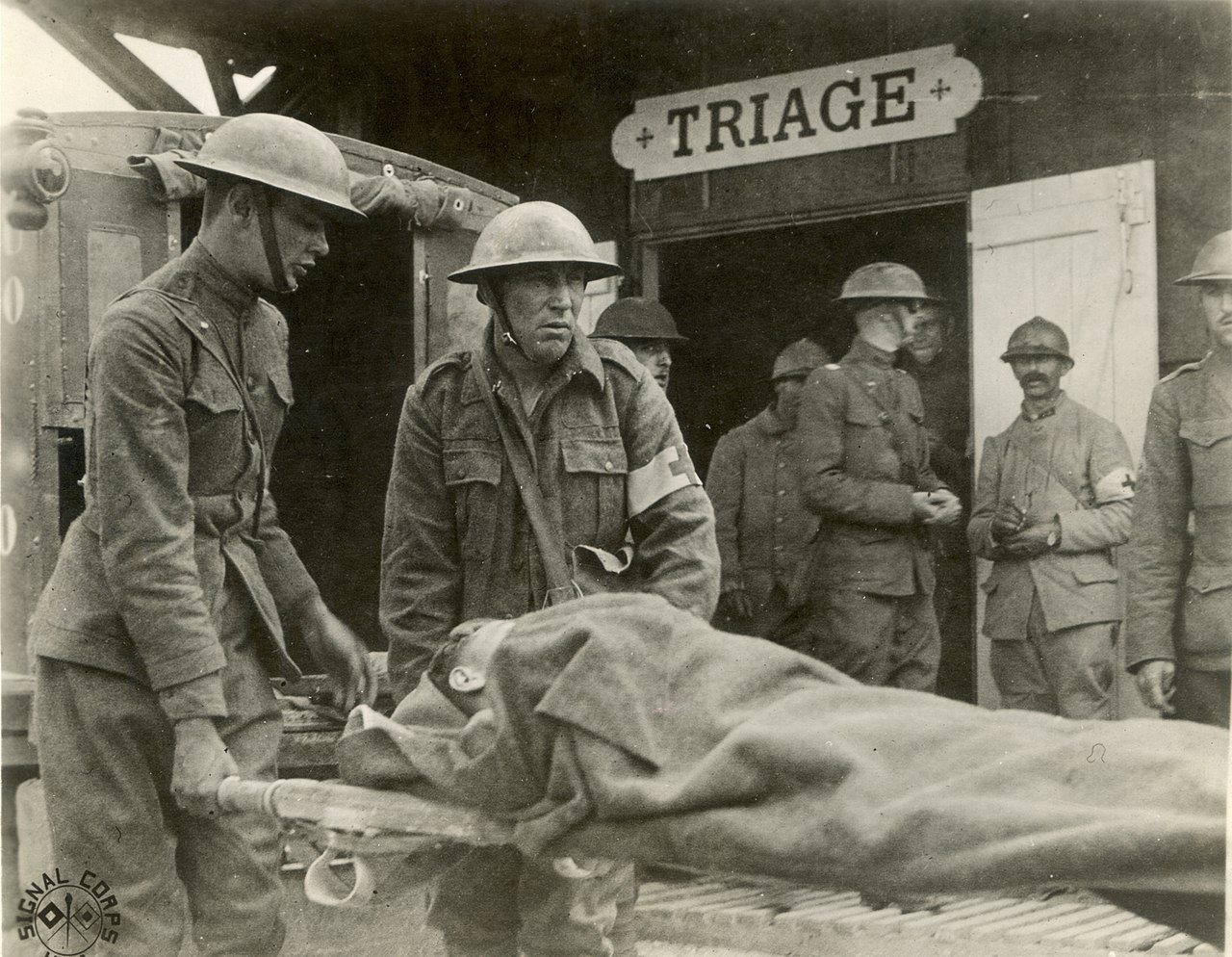6 January 2023
The discovery of actinium, element 89, is generally credited to chemist André-Louis Debierne in 1899, a year after the Curies discovered radium. Debierne named the new radioactive element after the Greek άκτις (actis), meaning beam or ray. In this way, it is the Greek equivalent of the Curies’ Latinate radium.
Debierne announced his discovery the following year in the journal Comptes Rendus Hebdomadaires des Séances de l'Académie des Sciences (Weekly Reports of the Meetings of the Academy of Sciences), and his article was quickly translated into English and republished in the British Journal of the Chemical Society:
Actinium: A New Radio-active Element. By A. Debierne
(Compt. rend., 1900, 130, 906–908).—The new radio-active element, actinium, belonging to the iron group (compare this vol. ii, 20), may be obtained in a more concentrated form by submitting the substances containing it to the following operations.
But Debierne’s claim is disputed, with some chemists believing that his 1899 discovery was in error and that credit for the element’s discovery should go to Friedrich Oskar Giesel, who isolated the element in 1902. Giesel dubbed his discovery emanium, due to its radioactive emanations, but as both Giesel and Debierne claimed to have identified the same element, the older name received priority.
This was not the first time the name actinium was involved in a controversial elemental discovery. In 1881, Thomas Lamb Phipson claimed to have discovered a new element, one that changed chemically when exposed to sunlight. He also dubbed it actinium, but while his name has the same Greek root, Lamb’s name differed semantically. He named it for the supposed element’s actinic properties; both actinic and actinism had been in use since 1845 to describe chemicals and chemical processes affected by light rays. For example, photosynthesis and film photography are actinic processes. Phipson announced his discovery in the 24 June 1881 issue of Chemical News:
It took from 4 to 8 hours’ exposure to direct sunlight to give to this portion under the glass a very slight fawn-colour.
Of course these phenomena could not be due to any compound of silver; nevertheless, the specimens were tested for silver, and with great care, but without the slightest result. In fact, no actinic substance has been met with that will darken in the sunshine, become white again in the dark, and will not darken under a sheet of ordinary window glass. It was hinted that I was dealing with a new element (to be called “Actinium”); but the continuation of my experiments lead me to believe that the phenomena described above may probably be due to the presence of sulphide of barium and protoxide of iron in the specimens, rather than some unknown metal.
While in his initial announcement Phipson hedged the idea that he had discovered a new element, a few months later he was more assertive in his claim:
My experiments on the new metal Actinium have been interrupted in various ways, and by the fact that, for the sake of my health, I have been compelled to leave London for a short time. […] As the only method which I have yet discovered of separating oxide of actinium from oxide of zinc is by means of caustic soda, I am not certain that I have, hitherto, obtained the process perfectly exempt from oxide of zinc, even after four or five treatments at boiling heat.
Phipson was mistaken in his belief that he had discovered a new element, and few chemists at the time accepted his claim. His claim and this earlier sense of actinium are now mere footnotes in the history of science.
Sources:
“Actinium.” Journal of the Chemical Society, 78.2, 1900, 350. HathiTrust Digital Archive.
Kirby, H.W. “The Discovery of Actinium.” Isis, 62.3, Autumn 1971, 290–308. JSTOR.
Oxford English Dictionary, third edition, November 2010, s.v. actinium, n., actinic, adj., actinism, n.
Phipson, Thomas Lamb. “Correspondence: Actinium.” Chemical News, 43.1142, 14 October 1881, 191. HathiTrust Digital Archive.
———. “On a Curious Actinic Phenomenon.” Chemical News, 43.1126, 24 June 1881, 283. HathiTrust Digital Archive.
Waggoner, William H. “The First Actinium Claim.” Journal of Chemical Education, 53.9, 1 September 1976, 580.
Photo credit: Oak Ridge National Laboratory, 2015. Wikimedia Commons. Licensed under a Creative Commons Attribution 2.0 Generic license.





